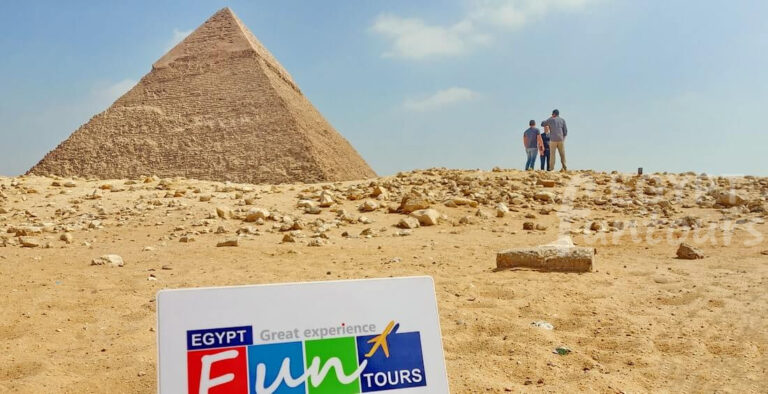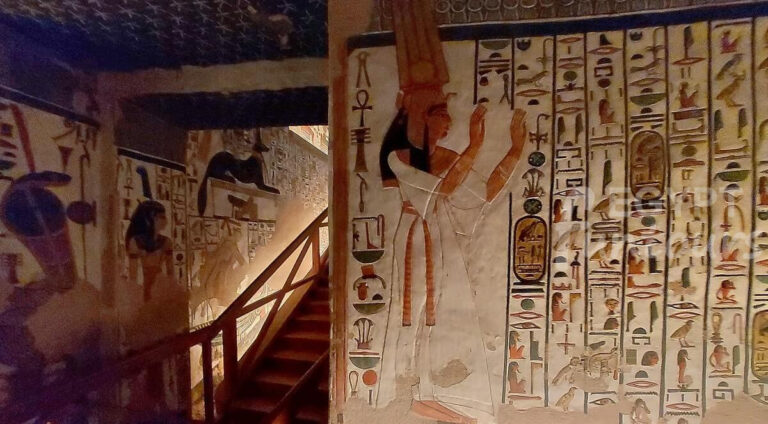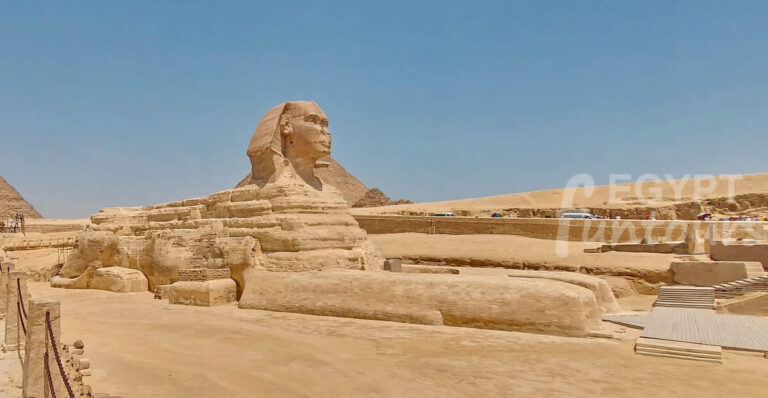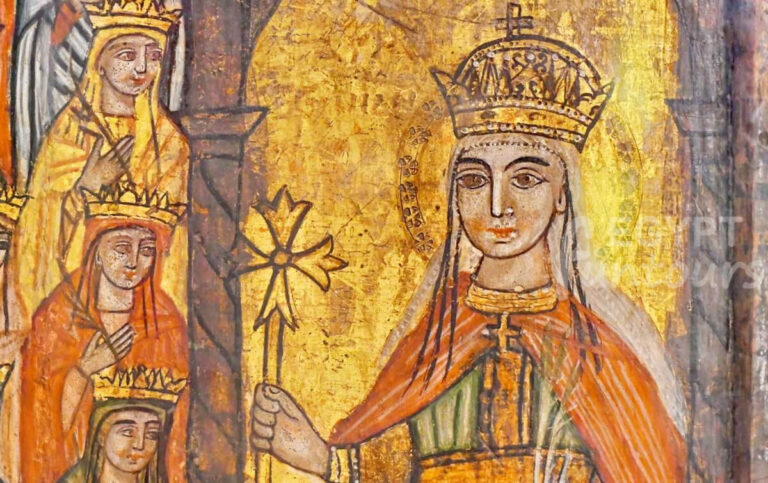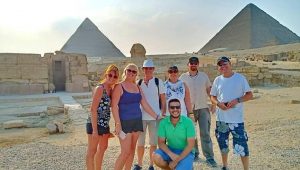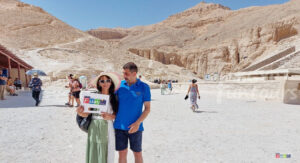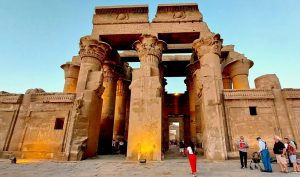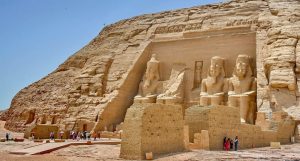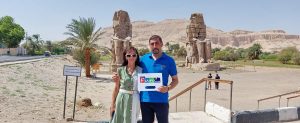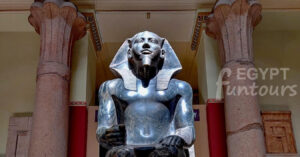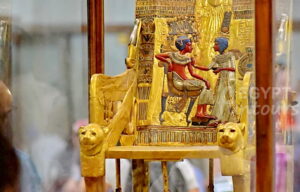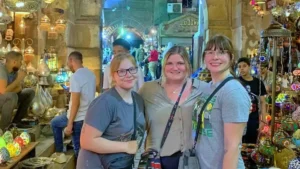The Sun God Ra: The Ultimate Creator of Egypt
God Ra, the sun god, was the supreme deity in the ancient Egyptian pantheon. He was the ultimate creator, the source of all life, and the ruler of the heavens and the earth. His power and influence were so vast that Egyptians believed he created himself from the primordial chaos of Nun. Every day, he journeyed across the sky, bringing light and order to the world. His status as a central figure in mythology, cosmology, and the pharaoh’s legitimacy made him arguably the most important god in Egyptian history.
The Creation Myth and The Eye of Ra

According to the Heliopolitan creation myth, Ra emerged from a lotus flower that grew from the waters of Nun. He then brought the other gods into existence. From his tears, he created humanity. He ruled over a golden age on Earth until he grew old. When humans rebelled against him, he sent his eye, in the form of the goddess Sekhmet, to punish them. After the conflict, he ascended into the heavens to rule from there.
The Eye of Ra was a powerful and independent entity. It could act on his behalf, often as a fierce and destructive force. When the eye left his body, it became a goddess, such as Sekhmet, Hathor, or Tefnut. This goddess then carried out Ra’s will, usually through vengeance or punishment. The return of the eye and its reconciliation with Ra was a common theme in myths. It symbolized the restoration of cosmic order after a period of chaos.
Daily Journey and Symbolism

The daily journey of God Ra across the sky was a central tenet of Egyptian religion. Egyptians believed he traveled in a solar barge, bringing daylight to the world. At sunset, he entered the underworld, or Duat, where he battled the serpent of chaos, Apep. His victory each morning represented the triumph of order over chaos. This nightly cycle also mirrored the cycle of life, death, and rebirth.
This daily journey had profound symbolic meaning. It showed Ra’s constant battle to maintain Ma’at, or cosmic order. His daily rebirth each morning from the eastern horizon gave hope to the people. It affirmed their belief in an afterlife and the continuous renewal of life.
Roles and Representations of God Ra
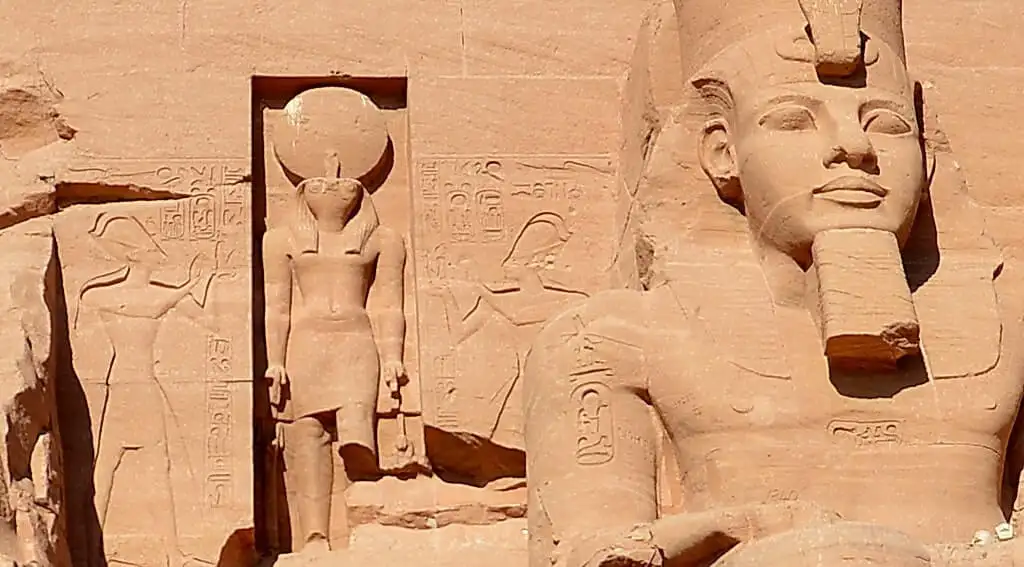
Artists depicted Ra in many different forms, often reflecting his various roles.
- Ra-Horakhty: This was his most common representation. It showed him as a falcon-headed man wearing a sun disk with a cobra wrapped around it. This fusion with Horus the Elder highlighted his connection to the heavens and kingship.
- The Scarab Beetle: The scarab beetle symbolized Ra’s morning manifestation. Egyptians believed the beetle pushed the sun across the sky, just as a scarab beetle pushed a ball of dung. This form represented rebirth and new beginnings.
- The Phoenix: The Bennu, or phoenix, was a symbol of Ra and his creative power. It represented the sun’s cyclical rebirth.
God Ra and the Pharaoh
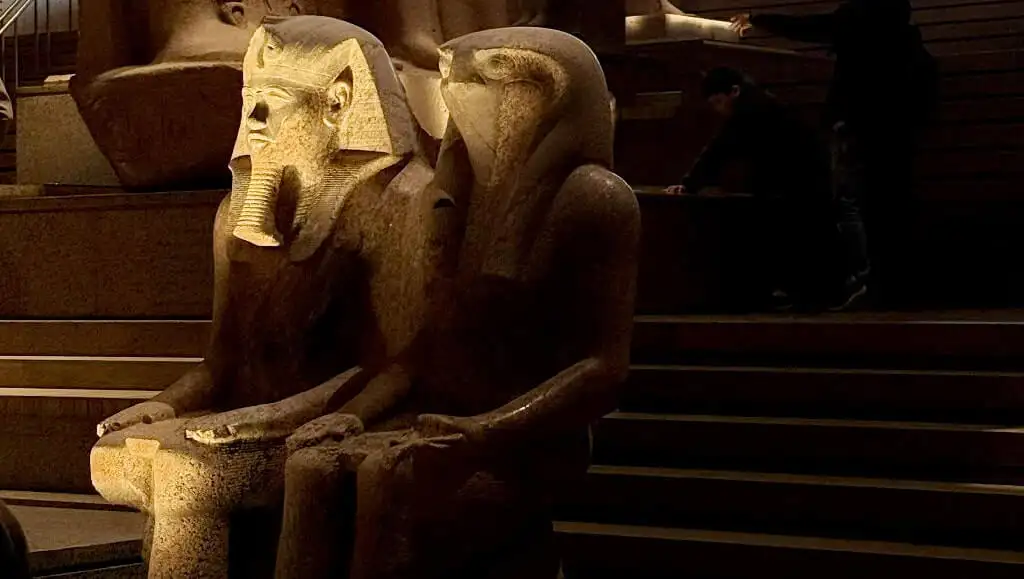
The influence of God Ra on the pharaohs was immense. Egyptians considered the pharaoh to be the son of Ra. The pharaoh’s primary title was “Son of Ra.” This connection provided the pharaoh with divine legitimacy. It reinforced his role as the earthly representative of the sun god. Grand temples and obelisks were built to honor Ra, symbolizing the sun’s rays and the pharaoh’s connection to the divine. This religious link created a powerful political system where the king’s authority was seen as absolute and divinely sanctioned.
Furthermore, pharaohs often had a “Ra” element in their names, such as Ramesses (“Ra has fashioned him”). This practice further solidified the deep-seated link between the monarch and the supreme deity.
Syncretism with Other Gods
Ra’s supreme importance led him to merge with other deities. This process, known as syncretism, created powerful new gods.
- Amun-Ra: When the city of Thebes rose to power, its local god Amun merged with Ra. This created Amun-Ra, who became the most powerful and widely worshipped deity during the New Kingdom period.
- Atum-Ra: Atum, the god of the evening sun, often combined with Ra. This represented the full cycle of the sun.
- Ra-Horakhty: As mentioned, this was a fusion of Ra and Horus. It symbolized the sun’s power and the divine authority of the king.
The legacy of God Ra is a testament to the sophistication of ancient Egyptian religion. He remains a powerful symbol of the sun’s life-giving force and the enduring power of divine rule. The widespread worship of Ra and his fusion with other gods show his incredible adaptability and influence throughout Egyptian history.


